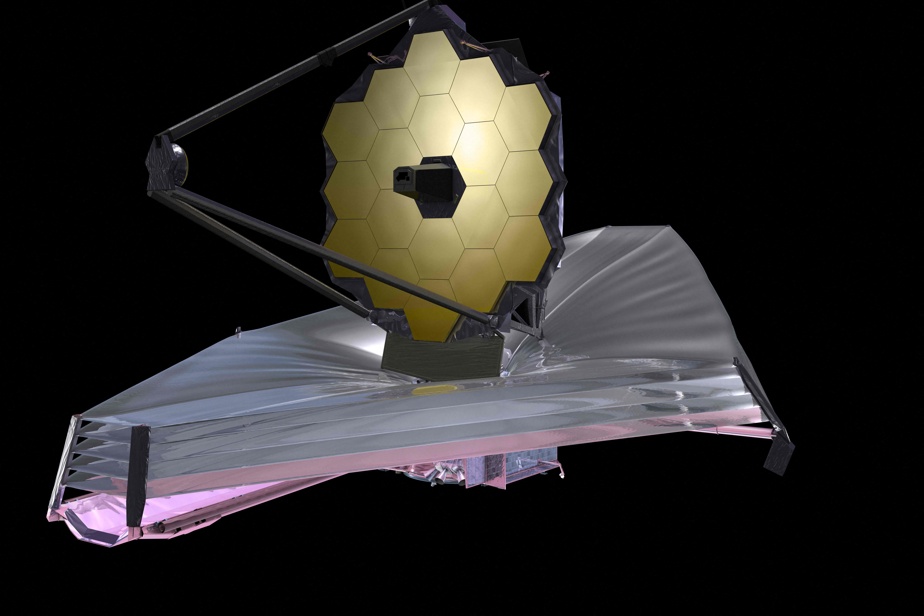(Washington) NASA will unveil “the deepest image of our universe ever taken” on July 12, thanks to its new James Webb Space Telescope, NASA chief Bill Nelson said Wednesday.
Essam Ahmed
France media agency
“It’s far beyond anything humanity has ever looked at,” he told a news conference at the Space Telescope Science Institute in Baltimore, the operations center for this engineering gem. $10 billion was released in December and is now 1.5 million kilometers from Earth.
James Webb is able to look at the universe more than any telescope before him thanks to his massive main mirror, and his instruments that receive infrared signals, which allow them to peer through clouds of dust.
“It will explore the bodies of the solar system and the atmospheres of exoplanets orbiting other stars, giving us clues as to whether the atmospheres are similar to ours,” said Nelson.
This might answer some of our questions: Where did we come from? What else is there? who are we ? And, of course, it will answer questions we don’t know yet. »
James Webb in particular should make it possible to observe the first galaxies, which formed only a few hundred million years after the Big Bang, and the exoplanets.
Thanks to an efficient launch by Arianespace, a NASA partner, the telescope could remain operational for 20 years, twice its originally planned life, said Pam Milroy, deputy director of the US Space Agency.
On July 12, NASA intends to launch the first spectroscopic analysis of the James Webb Telescope of a distant planet, an exoplanet.
Spectroscopy is a tool for knowing the chemical and molecular composition of distant objects, and in the case of a planet, it can help determine its atmosphere, detect the presence of water, or analyze its soil.
According to Nestor Espinosa, an astronomer at the Space Telescope Science Institute, spectroscopy of exoplanets has so far been very limited, compared to what the James Webb Telescope can do.
“It’s like being in a very dark room and only having a small hole you can look through,” he said of the current technology. With this new telescope, “I just opened a huge window, you can see all the little details.”




